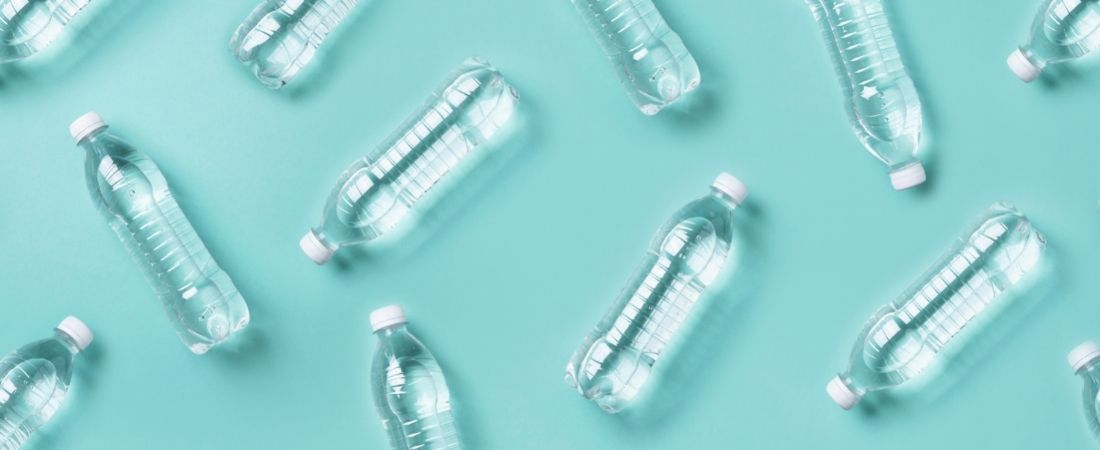
Thermoplastics get their heat resistance from their molecular structures. When one adds inflexible aromatic rings to the resin instead of aliphatic groups, the backbone of the molecular chain fortifies and constricts. The chemical and heat resistance of a thermoplastic can be equal to or greater than that of a thermoset with this new structure. With so many heat resistant plastics on the market, it can be hard to know which is best suited to most tasks. To answer this, here is a quick guide to heat resistant plastics!
Polyethylene Terephthalate Glycol (PETG)
When compared to acrylic or polycarbonate, PETG is both robust and cost-effective. Because of its properties, it is ideal for impact-resistant glazing and high-strength display units. PETG lends itself to product materials, displays, and signage. PETG is a food-safe plastic used extensively in food containers and liquid beverage bottles. PETG is recyclable, just like acrylic and many other thermoplastics. PETG can be thermoformed through FDM printing, and it can withstand a lot of pressure without cracking. Although PETG is natively clear, it readily accepts color during processing. Manufacturers extrude it into sheets or injection mold it into various shapes.
Polyetherimide (PEI)
Polyetherimide (PEI), often known as ULTEM®, is one of the few commercially accessible amorphous thermoplastics on the market today. It’s tough, chemical and flame-resistant, and manufacturers have used it for over 35 years. ULTEM stands apart because it has the highest dielectric strength of any high-performance thermoplastic. With a melting point of 219 degrees Celsius and a maximum continuous service temperature of 170 degrees Celsius, this material is perfect for circuit boards, food sterilizing equipment, and, most importantly, aviation parts. ULTEM is one of the few resins approved for use in commercial aerospace, outperforming other thermoplastics in creep resistance and withstanding various fuels and coolants.
Polytetrafluoroethylene (PTFE)
Teflon, or polytetrafluoroethylene, is a soft, heat-resistant, low-friction material with outstanding chemical resistance. It possesses great flexural strength, acceptable weathering resistance, and good electrical insulating power in hot and cold settings. Because PTFE is chemically inert and insoluble in most solvents, it’s perfect for high-temperature applications. With a melting point of 327 degrees Celsius, PTFE has one of the highest melting temperatures of any thermoplastic. It’s thermally stable enough for temperatures ranging from below 200 degrees Celsius to over 260 degrees Celsius. The most typical use of PTFE is in commercial applications. People also use it to coat heat exchangers, protect pipes from corrosive elements, and provide insulation for electrical components.
We hope you enjoyed our quick guide to heat resistant plastics. If you are looking to utilize heat resistant plastics with a 3D printing service, be sure to reach out to Tangible Creative today! Ask about our FDM 3D printing.
